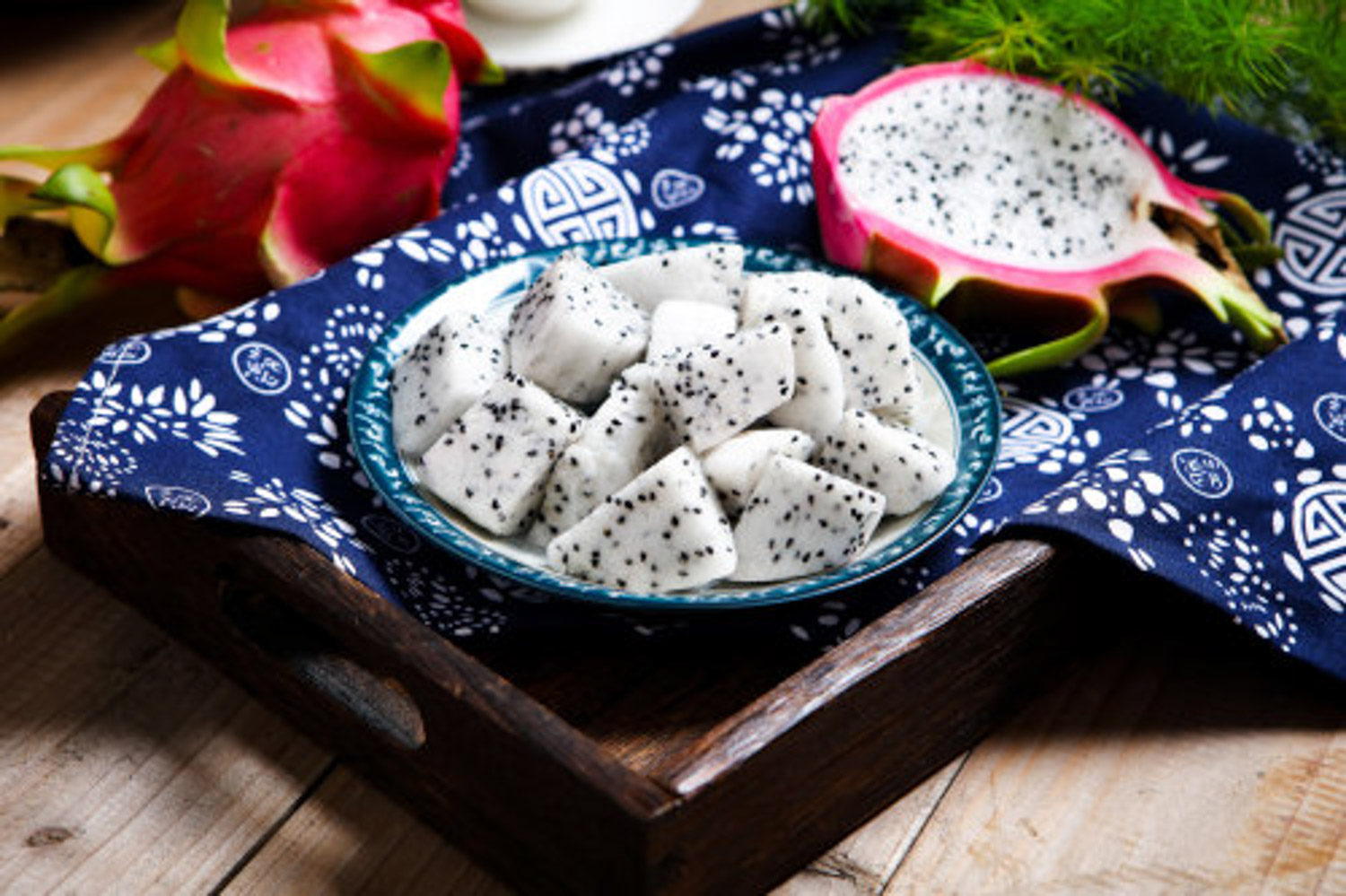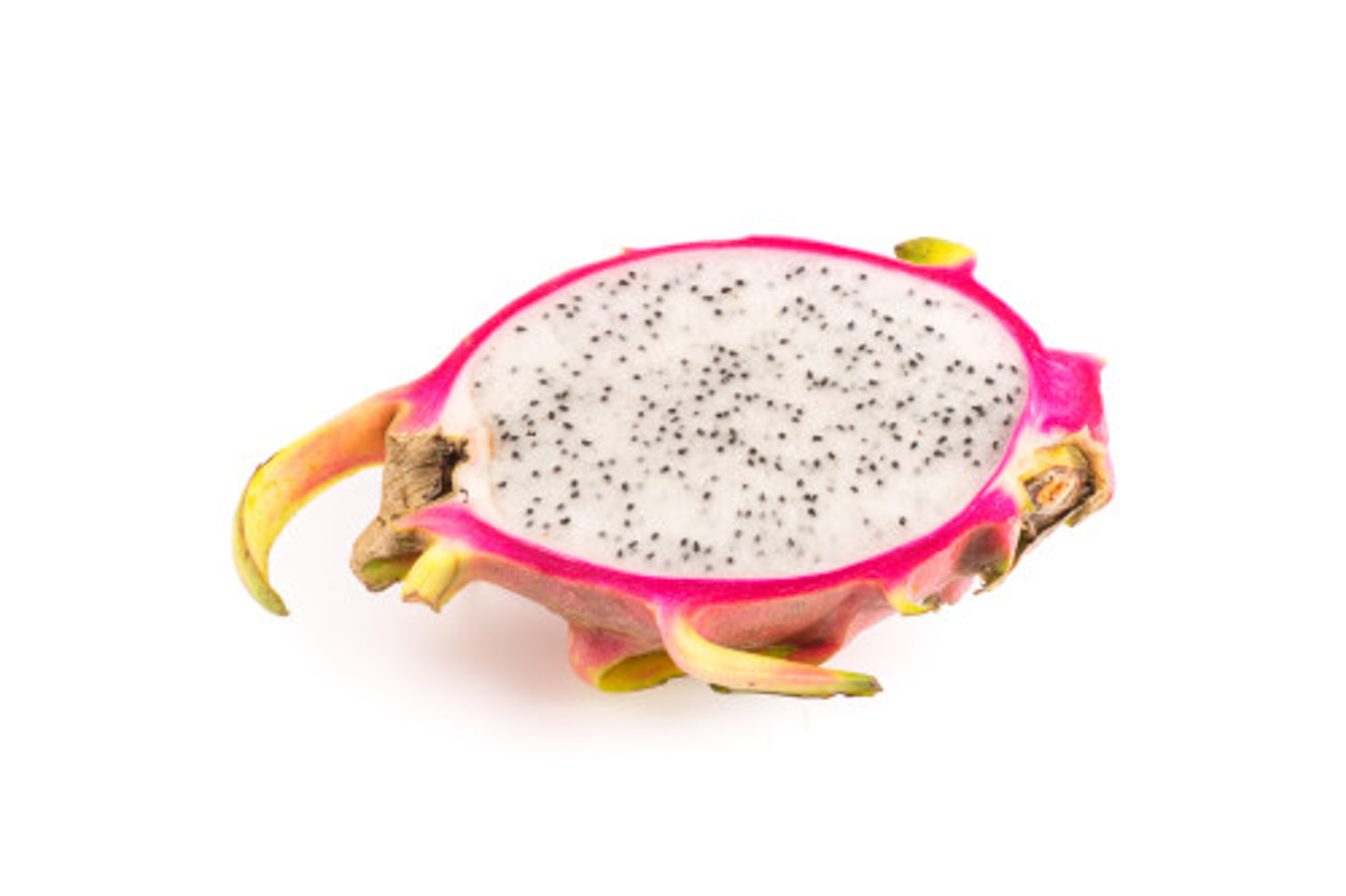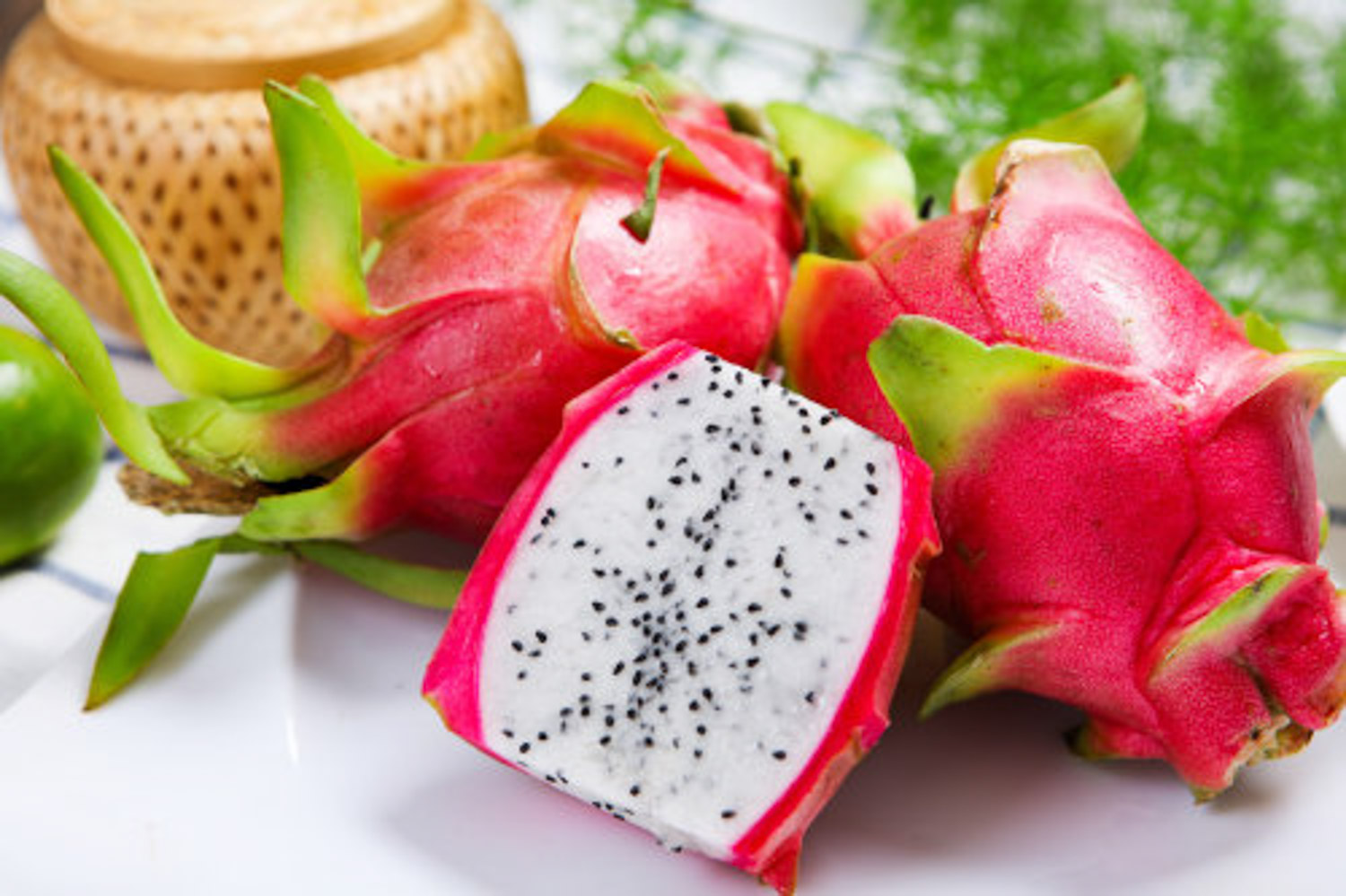1、 Domestication skills
1. Flowerpot: it is a shallow root plant. The flowerpot used for breeding should have drainage holes, and the clay pot can be used. Try not to choose plastic basin, because this material is too airtight and airtight
2. Soil: neutral and slightly acidic soil should be used for breeding pitaya, and the soil used should be loose. Neither clay with strong viscosity nor alkaline soil can be used
3. Sunshine: it likes sunshine. It should be raised in a place with good light at home and give it plenty of sunshine every day. If you breed indoors, you should also pay attention to good ventilation. It can also tolerate shade, but it's best not to keep it in too dark

4. Watering: when watering it, it is generally carried out after the flower soil in the basin is dry. The slightly wet soil environment is the most suitable for its growth. When it rains, we should delay watering it and drain the accumulated water as soon as possible after the rain
5. Fertilization: the flower of Pitaya is very large, so it needs high nutrients at ordinary times. In order to make it bloom and bear fruit better, phosphorus and potassium fertilizer needs to be applied before flowering

2、 Withstand temperature range
Pitaya can stand the temperature of 0 ℃. Pay attention to adjusting the temperature when maintaining in winter. If possible, it is best to adjust the temperature to above 5 ℃. In addition, don't be blown by the cold wind during the winter, and water less


 jackfruit
jackfruit snake plant
snake plant hibiscus
hibiscus hydrangea
hydrangea lavender
lavender Green roses climb al...
Green roses climb al... If you don't pay att...
If you don't pay att... Management of four g...
Management of four g...

































